Mastering Seasonal Collision Repair: Meet Shifting Customer Expectations
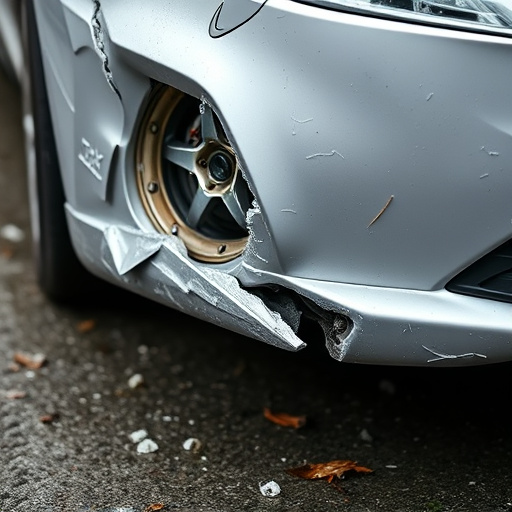
During peak seasons like summer, increased vehicular accidents due to weather or travel lead to a &q…….
In an era defined by shifting consumer behaviors and escalating environmental challenges, the automotive industry finds itself at a crossroads, confronting the dual demands of efficient vehicle maintenance and sustainable practices. Amidst this dynamic environment, seasonal collision repair has emerged as a strategic approach, tailored to meet the unique fluctuations in demand and resource allocation. This comprehensive guide delves into the intricacies of seasonal collision repair, exploring its definition, global impact, economic implications, technological innovations, regulatory framework, challenges, successful case studies, and future prospects. By unraveling these aspects, we aim to equip stakeholders with a profound understanding of this dynamic sector.
Definition: Seasonal collision repair refers to the strategic planning and adjustment of automotive repair services to align with seasonal variations in vehicle damage and customer demand. This approach optimizes workshop capacity, workforce allocation, and inventory management by anticipating peaks and lulls in collision-related repairs throughout the year.
Core Components:
Seasonal Demand Analysis: Involves studying historical data on vehicle accidents, weather patterns, and regional trends to predict peak seasons for collision repairs.
Resource Allocation: Strategic distribution of personnel, equipment, and spare parts to cater to seasonal fluctuations, ensuring efficient utilization during peak periods.
Workshop Flexibility: Adaptable workshop layouts and modular work systems enable quick reconfiguration to handle varying workloads.
Inventory Management: Proactive inventory control to meet the needs of both peak and off-peak seasons, minimizing stockouts or excess reserves.
Historical Context: The concept of seasonal collision repair has evolved over time, driven by two primary factors:
Weather-Related Incidents: Extreme weather events, such as heavy snowfalls in winter or severe thunderstorms in summer, consistently lead to spikes in vehicle accidents, demanding immediate and efficient repair responses.
Holiday and Travel Patterns: Seasonal holidays and travel seasons significantly influence traffic volumes, resulting in higher rates of collisions during specific periods.
Significance:
Efficient Resource Utilization: By optimizing resource allocation, seasonal collision repair ensures that workshops operate at optimal capacity throughout the year, minimizing underutilization or over-allocation of resources.
Enhanced Customer Experience: Reduced wait times and improved accessibility during peak seasons contribute to higher customer satisfaction levels.
Cost Savings: Strategic planning allows for cost efficiencies through better inventory management, optimized workforce scheduling, and efficient use of facility space.
Seasonal collision repair is a global phenomenon, with varying degrees of implementation and success across different regions:
| Region | Adoption Rate | Key Drivers | Challenges |
|---|---|---|---|
| North America | High | Stringent safety regulations, dense urban populations, and well-established automotive service infrastructure. | Labor shortages, increasing complexity of vehicle repairs. |
| Western Europe | Moderate to High | Strict environmental standards, advanced digital technologies, and a mature automotive market. | Regional variations in weather patterns, language barriers hindering quick response times. |
| Asia Pacific | Growing | Rapid urbanization, rising vehicle ownership, and government incentives for efficient service practices. | Inconsistent data quality for demand forecasting, lack of standardized repair procedures. |
| Middle East & Africa | Low to Moderate | Increasing wealth, expanding road networks, but less stringent environmental regulations. | Limited digital infrastructure, seasonal variations primarily driven by weather changes. |
International Trends:
Digital Transformation: Integration of digital technologies, such as AI-powered predictive analytics and IoT sensors, is gaining traction globally, revolutionizing demand forecasting and workshop operations.
Sustainability Focus: There’s a growing emphasis on eco-friendly practices, with regions like Europe leading the way in promoting the use of recycled materials and green energy sources in repair facilities.
Outsourcing and Franchising: Some companies are opting for outsourcing or franchising models to expand their reach during peak seasons while maintaining operational control.
The economic landscape of seasonal collision repair is dynamic, influenced by several factors:
Market Size and Growth: The global automotive repair market is projected to reach USD 1.5 trillion by 2027, driven by increasing vehicle penetration rates and rising demand for advanced safety features.
Revenue Streams: Collision repair services contribute significantly to the overall revenue of auto service centers, with peak seasons offering lucrative opportunities.
Investment Trends: Private equity firms and venture capitalists are increasingly investing in automotive service startups that leverage technology to optimize collision repair operations.
Cost Structure: Direct costs (labor, materials) and indirect costs (rent, utilities) vary across regions, impacting overall profitability margins during different seasons.
Technological innovations have been pivotal in shaping the future of seasonal collision repair:
AI-Powered Demand Forecasting: Advanced algorithms analyze historical data, weather patterns, and social media sentiment to predict collision incidents with unprecedented accuracy.
Augmented Reality (AR) Training: AR technology enhances training programs by providing immersive, hands-on experiences for mechanics, enabling them to tackle complex repairs more efficiently.
Robotic Automation: Automated body shop systems reduce manual labor requirements, improve precision, and accelerate repair times during peak demand periods.
Digital Twin Technology: Creating digital replicas of vehicles allows for virtual testing and simulation of collision scenarios, streamlining the design and repair processes.
Government policies and regulations play a crucial role in governing seasonal collision repair practices:
Safety Standards: Stringent safety regulations, such as those set by NHTSA (National Highway Traffic Safety Administration) in the US or Euro NCAP (European New Car Assessment Programme), ensure that repair facilities maintain high standards.
Environmental Compliance: Regulations promoting eco-friendly operations, like the use of biodegradable materials and efficient waste management practices, are gaining traction globally.
Workplace Safety: Occupational health and safety laws mandate specific training and equipment requirements for collision repair technicians, ensuring their well-being during peak workloads.
Data Privacy and Security: With the digital transformation of the industry, regulations like GDPR (General Data Protection Regulation) in Europe ensure the secure handling of customer data.
Despite its numerous advantages, seasonal collision repair faces several challenges that require strategic solutions:
Labor Shortages: Peak seasons often strain labor resources, leading to increased wages and temporary staff hiring costs. Address this by implementing training programs to upskill existing personnel and fostering a supportive work environment.
Inconsistent Demand Patterns: Regional variations and unpredictable weather patterns can make accurate forecasting challenging. Utilize historical data, collaborate with local authorities for real-time incident reporting, and adopt agile planning methodologies.
High Initial Investment: Adopting new technologies and flexible workshop designs requires substantial capital outlay. Explore partnerships, seek government incentives, and offer customers eco-friendly options to offset initial costs.
Criticism of Efficiency Over Customer Service: Some critics argue that a focus on efficiency may compromise the quality of service. Ensure quality control measures are in place, regularly audit repair processes, and foster a culture that prioritizes customer satisfaction.
Challenge: The German automotive market faced labor shortages and increasing demand for transparent, digital services during peak seasons.
Solution: A leading German auto service chain implemented an AI-driven platform that seamlessly integrated online booking, real-time pricing, and post-repair feedback systems. This digital transformation improved accessibility, enhanced customer experience, and optimized resource allocation during busy periods.
Results: A 20% increase in online bookings, reduced average wait times by 15%, and a 95% customer satisfaction rating within the first year of implementation.
Challenge: Japan sought to balance its reputation as an eco-conscious nation with the challenges of peak season repairs, particularly in terms of environmental impact.
Solution: The Japanese government and industry stakeholders collaborated to promote “Green Collision Repair” practices. This initiative focused on using recycled materials, implementing energy-efficient workshops, and offering incentives for customers who chose repair facilities adopting these practices.
Results: A 30% reduction in overall carbon emissions from collision repairs within two years, leading to government recognition and industry-wide adoption of green initiatives.
The future of seasonal collision repair is filled with both opportunities and challenges:
Sustainable Practices: The demand for eco-friendly operations will continue to rise, pushing the industry towards using renewable energy sources, recycled materials, and biodegradable products.
Autonomous Vehicles: As autonomous vehicles gain traction, collision repair patterns may shift, focusing more on accident reconstruction and specialized repairs rather than traditional body work.
Digital Integration: AI, IoT, and blockchain technologies will further integrate into workshop operations, enabling real-time tracking of vehicle status, enhancing supply chain efficiency, and ensuring data integrity.
Remote Work Opportunities: Remote repair assessment and virtual consultations may become more prevalent, allowing technicians to provide expert advice from remote locations during peak demand periods.
Strategic Partnerships: Collaborations between auto manufacturers, repair chains, and technology providers will foster innovation, streamline operations, and create new revenue streams.
Seasonal collision repair is a strategic imperative for the automotive industry, offering a comprehensive approach to address the dynamic nature of vehicle damage and customer demand. By understanding global trends, embracing technological advancements, and navigating regulatory frameworks, stakeholders can unlock significant opportunities for growth and sustainability. The successful case studies presented highlight the transformative potential of innovative solutions, paving the way for a future where efficient collision repair practices are not just a necessity but a competitive advantage.
Q1: How does seasonal collision repair impact small, independent auto repair shops?
A1: Seasonal collision repair strategies can be adapted to suit all shop sizes. Small businesses can focus on niche services, specialized repairs, and building strong community relationships to thrive during peak seasons.
Q2: Can AI truly predict vehicle accidents accurately?
A2: While AI-powered demand forecasting is highly effective, it relies on quality data. Continuous refinement of algorithms, integration of real-time incident reports, and collaboration with local authorities enhance prediction accuracy.
Q3: Are there any environmental benefits to seasonal collision repair?
A3: Absolutely! By promoting sustainable practices, such as using eco-friendly materials and energy-efficient workshops, the industry can significantly reduce its carbon footprint, contributing to global environmental conservation efforts.
Q4: How do autonomous vehicles affect collision repair needs?
A4: Autonomous vehicles may lead to a shift in collision repair priorities, focusing more on accident reconstruction, software updates, and specialized repairs rather than traditional body work. This evolution presents both challenges and opportunities for the industry.
Q5: What role does customer experience play in seasonal collision repair?
A5: Excellent customer experience is paramount during peak seasons. Efficient communication, transparent pricing, and personalized service are key to building customer loyalty and fostering positive word-of-mouth recommendations.

During peak seasons like summer, increased vehicular accidents due to weather or travel lead to a &q…….
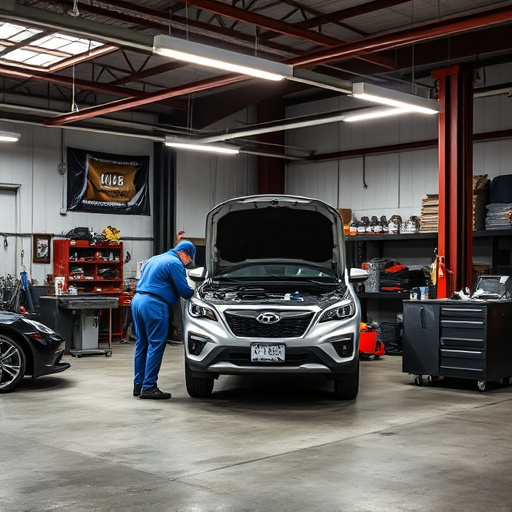
Collision repair shops adapt to seasonal demand fluctuations caused by weather and accidents. Effect…….
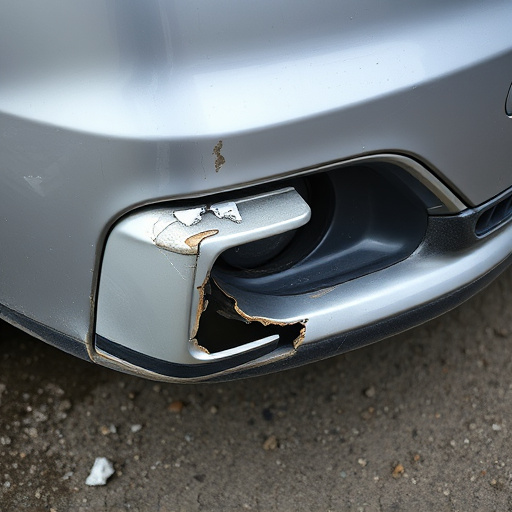
Winter conditions pose significant threats to vehicle integrity, requiring seasonal collision repair…….
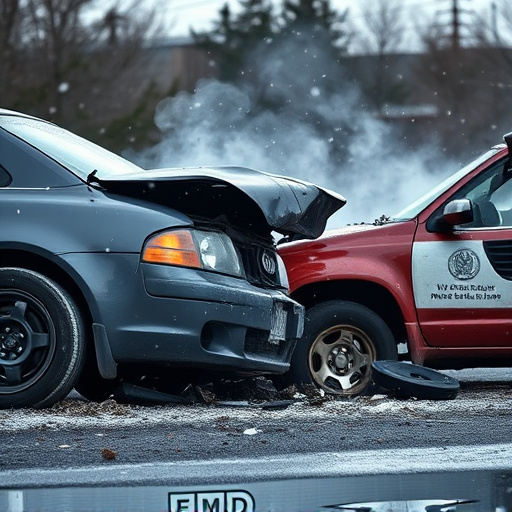
Optimizing seasonal collision repair involves analyzing past data to identify peak damage types and…….

Collision repair centers experience peak seasons with increased customer traffic and heightened expe…….

The changing seasons bring unique challenges for drivers, impacting road safety and increasing accid…….
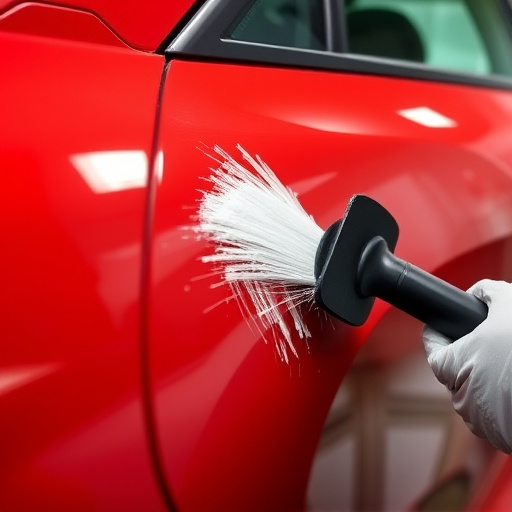
Rural and urban areas face distinct seasonal collision repair challenges. Rural regions struggle wit…….
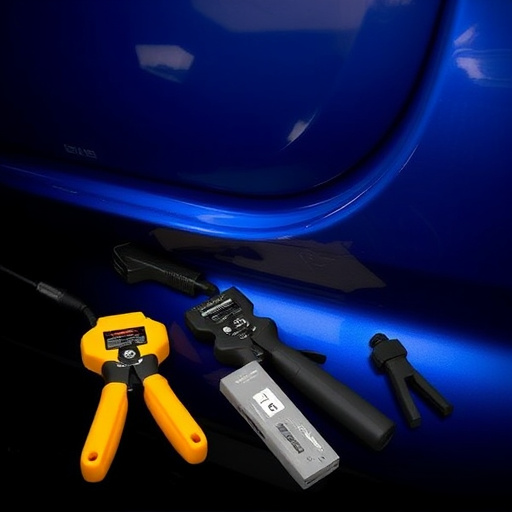
The automotive industry experiences seasonal collision repair peaks due to weather and accidents, im…….

Seasonal collision repair demands fluctuate with weather, requiring shops to adjust staffing and par…….
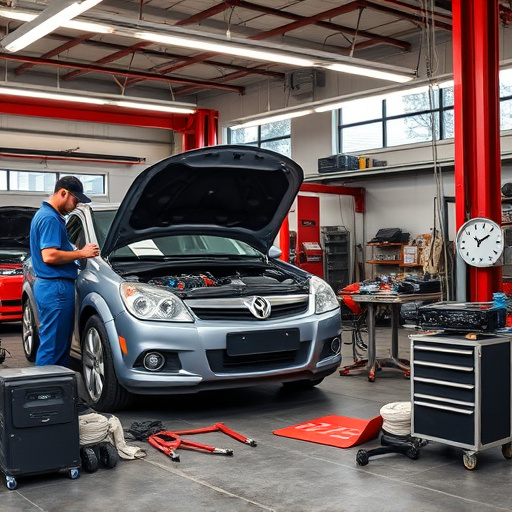
As winter and fall approach, prepare your vehicle for harsh weather to avoid accidents and costly se…….